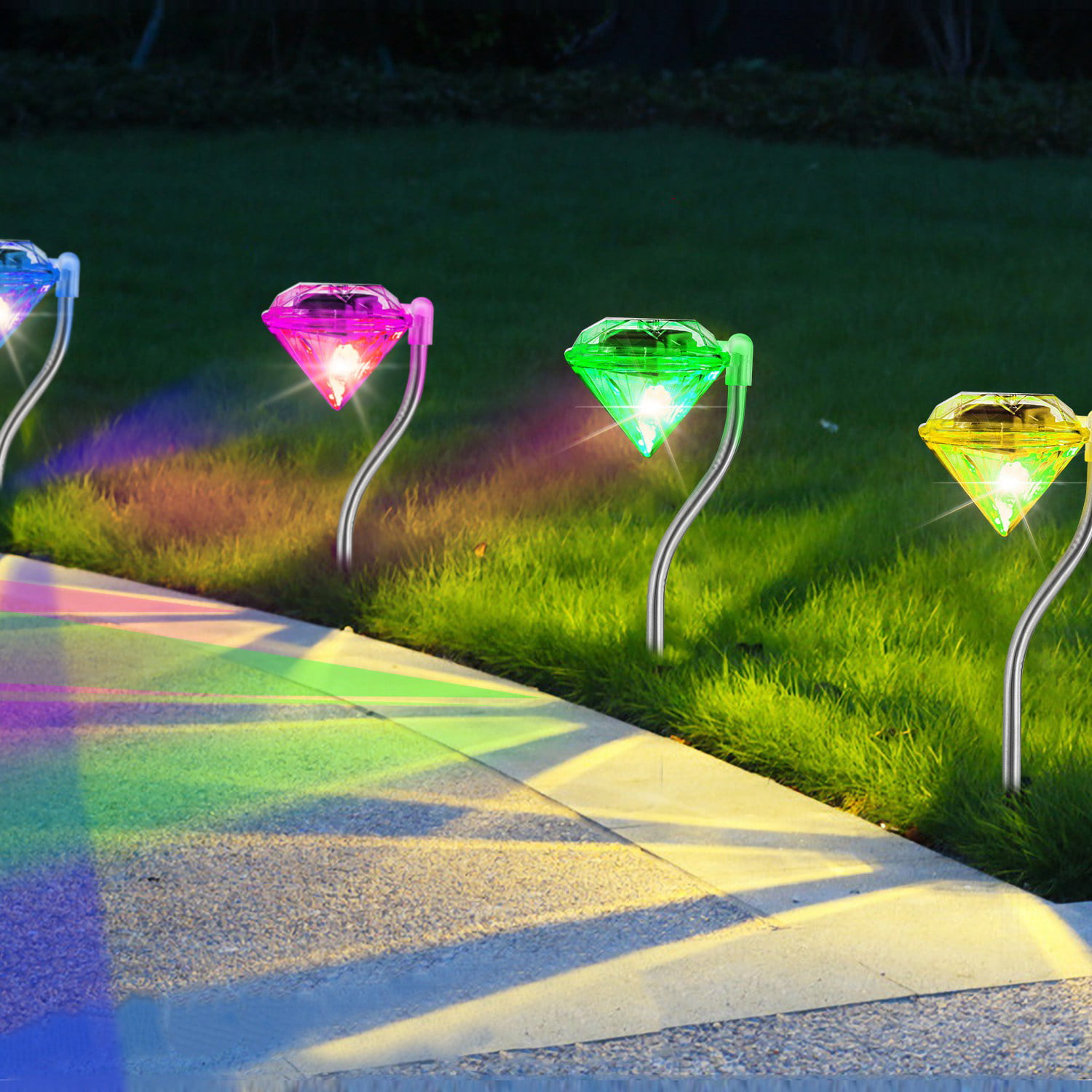

To add to the cost savings, these lights require zero regular maintenance, such as changing out bulbs or ballasts/drivers. In fact, the energy savings alone is more than enough to justify upgrading to modern LED lights, especially for large scale applications such as shopping mall parking lots. This includes dramatically improved energy efficiency, greater reliability, elimination of regular maintenance and also a much better quality of light which increases visibility and reduces the likelihood of accidents. There are many reasons to make the switch to LED lighting, especially for outdoor applications. In these applications, floodlights and pole mounted lights such as corn lamps are the most common type of lighting fixture used, due to their excellent light coverage. However, other lights such as sconce lights and pole mounted lights are also used around entrances where aesthetics is a priority.Īlleyways & Walkways - For these areas, the most important factor is the spread of the light across a broad area. Floodlights are the most popular type of light for this, as they come in multiple wattages and have different types of mounting options to allow them to be used in all types of sign lighting configurations.īuilding Entrances & Exits - Generally speaking, canopy lights and wall packs are the most popular for entrances and exits of buildings.

Signage - Because of their varying shape, size and configuration, signs require a flexible and adaptable light fixture. The wattage chosen will depend on the height of the pole itself, with higher wattages being used as the pole height increases. Because of this, smaller floodlights are the primary choice as they take up less space and can be arranged in groups to provide specific lighting effects.įlagpoles - By far the most popular fixture for this application are flood lights, as they can be mounted near the base of the pole and pointed upwards to illuminate the top of the flagpole. Landscapes - For landscaping applications, the primary purpose of the lighting is to highlight certain features such as trees, bushes and signs. Streets & Roadways - For areas with heavy vehicle traffic such as streets and roadways, the most popular choice of fixtures are either street lights or flood lights, depending on the applications FC requirements as well as the end users aesthetic design preferences. For this reason, the overwhelming majority of fixtures used for this application are flood lights, although canopy lights and wall packs are sometimes used in areas where parking lots meet buildings or dividing walls. Parking Lots - Because parking lots cover vast stretches of land, they require fixtures that produce an intense lumen output with a broad beam to cover as broad of a surface area as possible. For this, wall packs, flood lights and canopy lights comprise the vast majority of fixtures used in this application. Common Outdoor Applicationsīuilding Exteriors - For lighting the immediate areas surrounding buildings, lighting with a wide broad beam pattern is by far the most popular. Below is an example of a photometric light plan for a typical parking lot. Especially for applications requiring lighting over a large area such as parking lots, these plans can save companies a tremendous amount in both startup and operational costs by maximizing the effectiveness of each fixture's light output. Considering this, working with a photometric expert to plan out the lighting configuration is the best bet for ensuring optimal lighting performance.Ī photometric plan will be able to take into account mounting height, fixture type and FC requirements in order to select not only the proper fixture wattage but also the number and placement of fixtures in an area. In certain situations, there may be multiple types of fixtures required in order to satisfy the applications foot candle (FC) requirements.

Due to a wide variance in terrain, landscapes and the intended usage of the area, no two outdoor lighting configurations will be the same. When designing outdoor lighting systems, there are many factors to keep in mind.


 0 kommentar(er)
0 kommentar(er)
